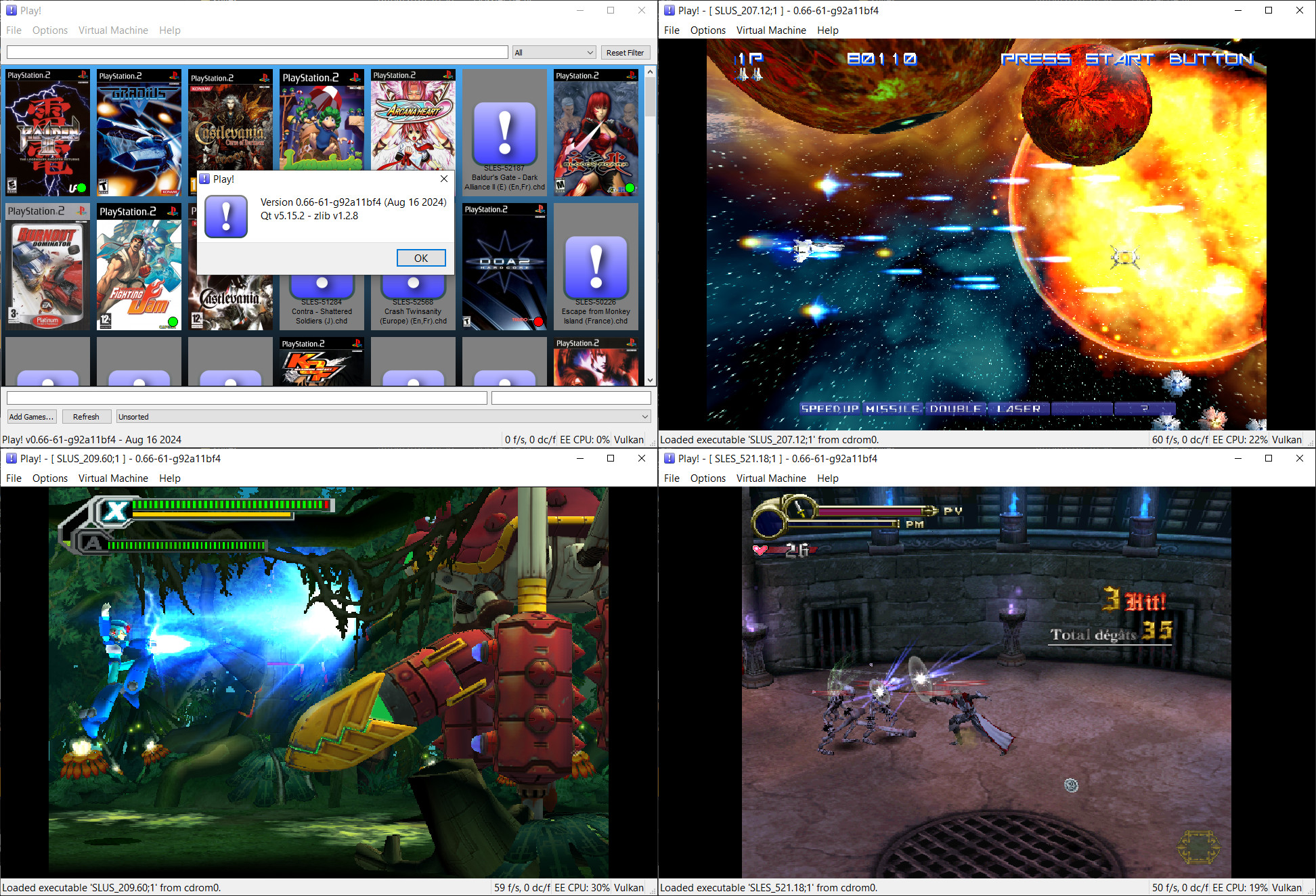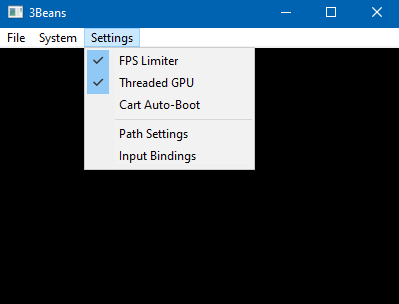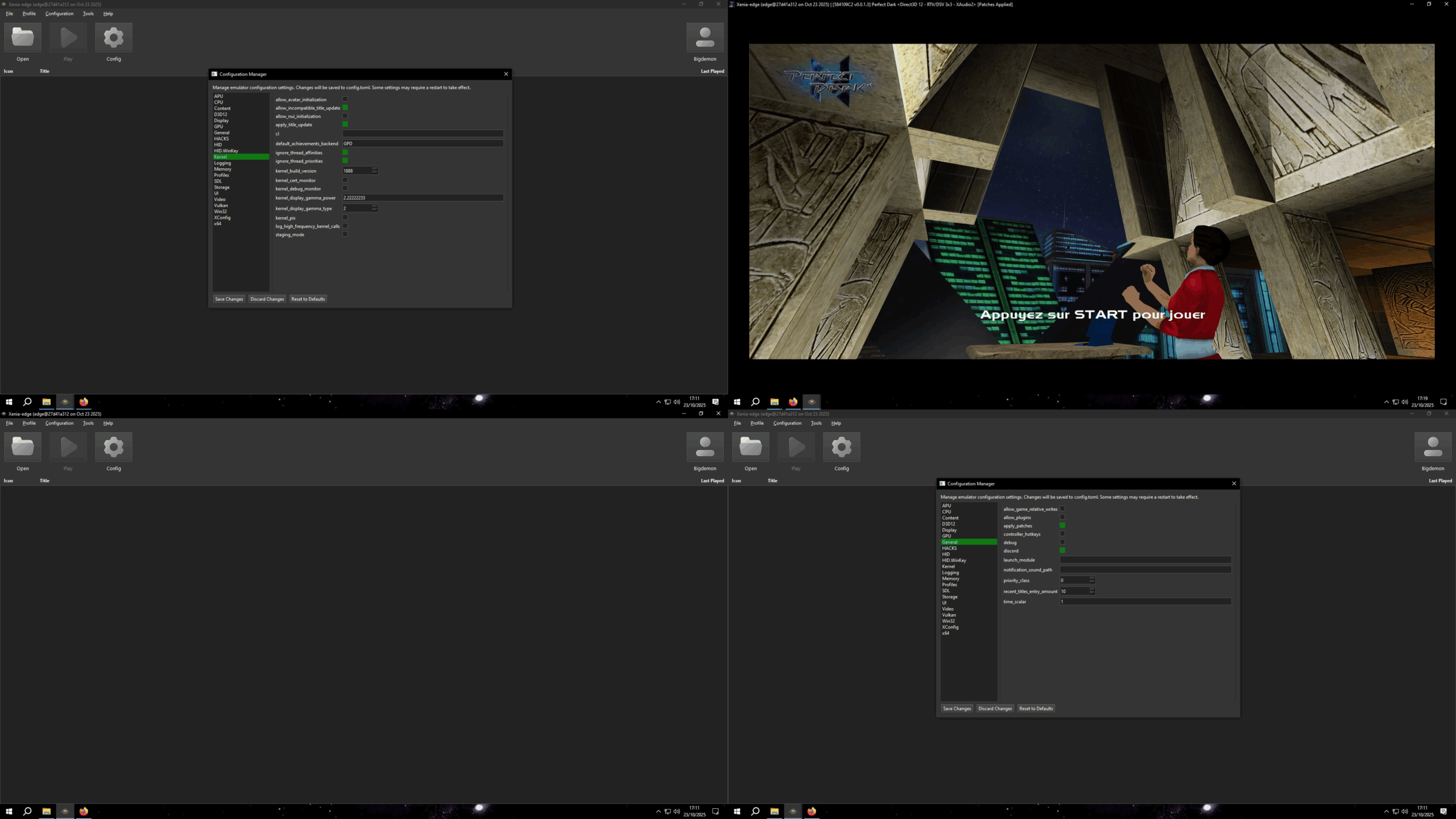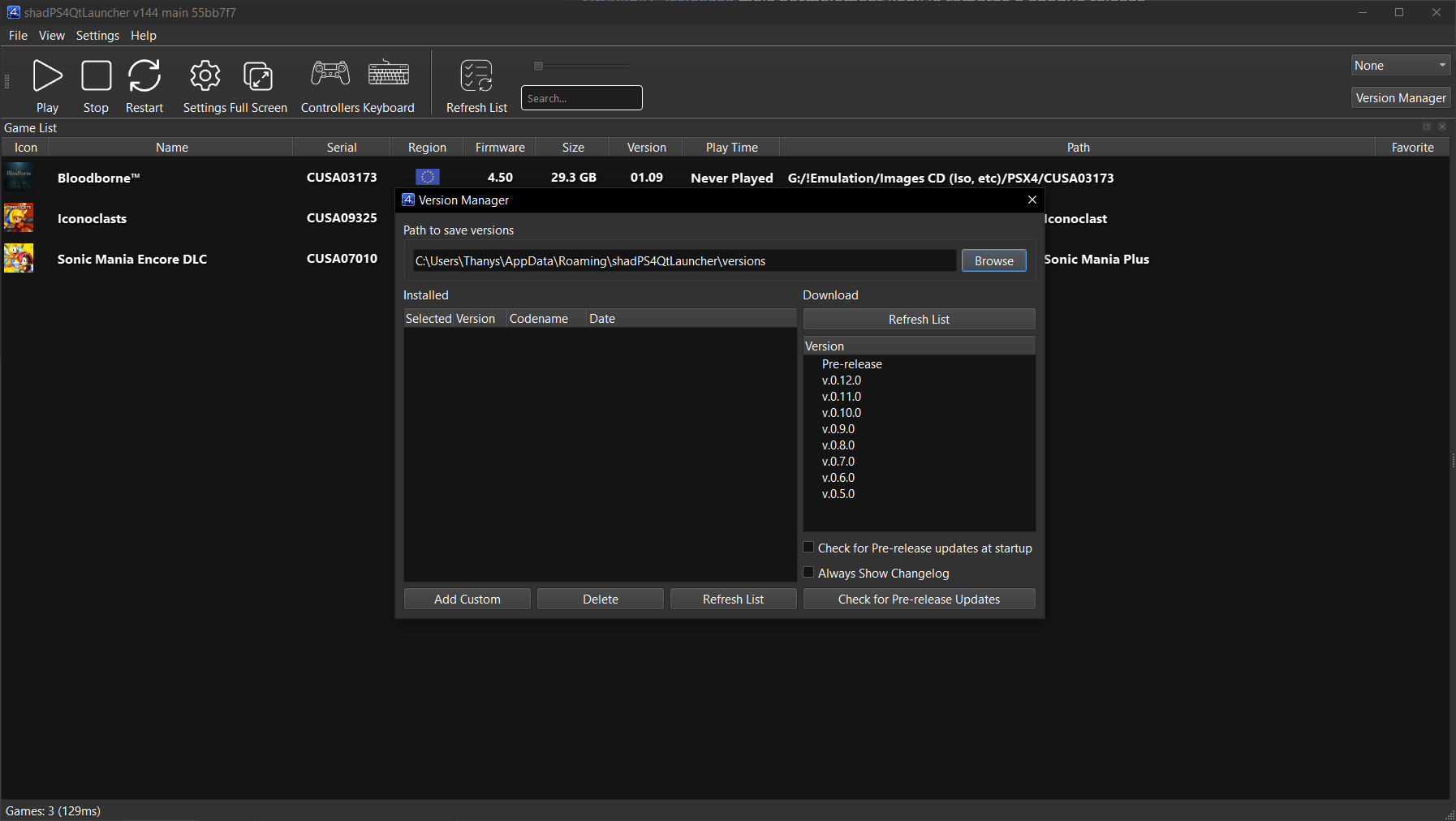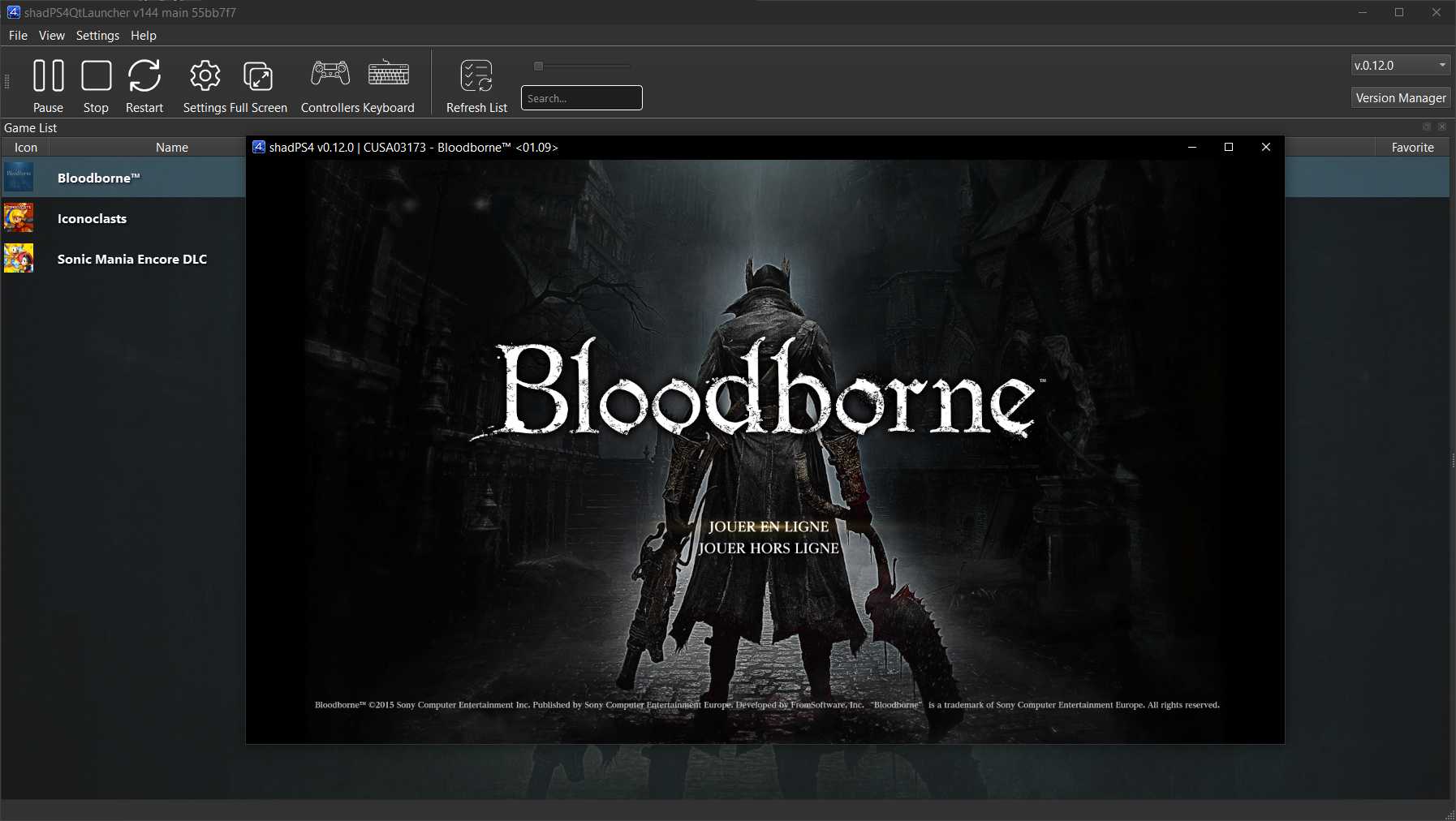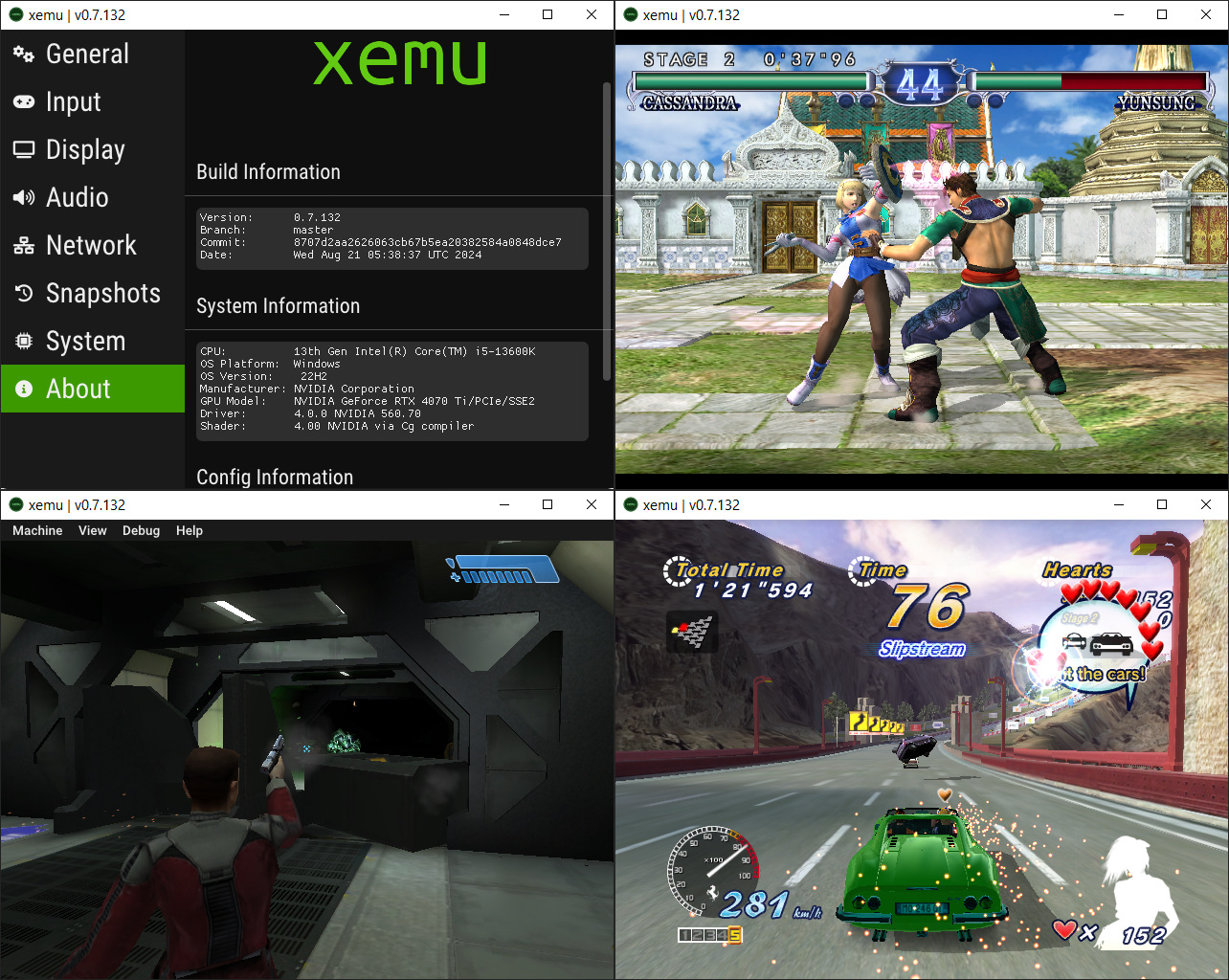Un excellent émulateur de Sega Dreamcast, Naomi 1 et 2 (+GD), Atomiswave, Gaelco, Hikaru et Cave 3rd (le Model 3 ayant été mis en standby au profit de SuperModel, plus performant). Programmé par Wind (principal codeur), CaH4e3 (co-codeur), Ajax16384 (co-codeur), DreamZzz (co-codeur), MetalliC (co-codeur). Il s’agit d’une version en cours de développement.
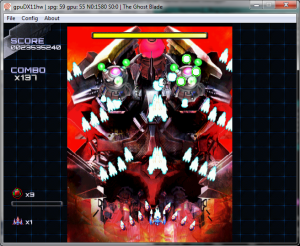
– Mainly focused on Hikaru testing, please let me know if you’ll face some critical issue (i.e. crash, hang, etc)
– Compared to prev test build it have implemenetd textures LOD switching and trilinear filterig, let me know if you’ll notice related artifacts







